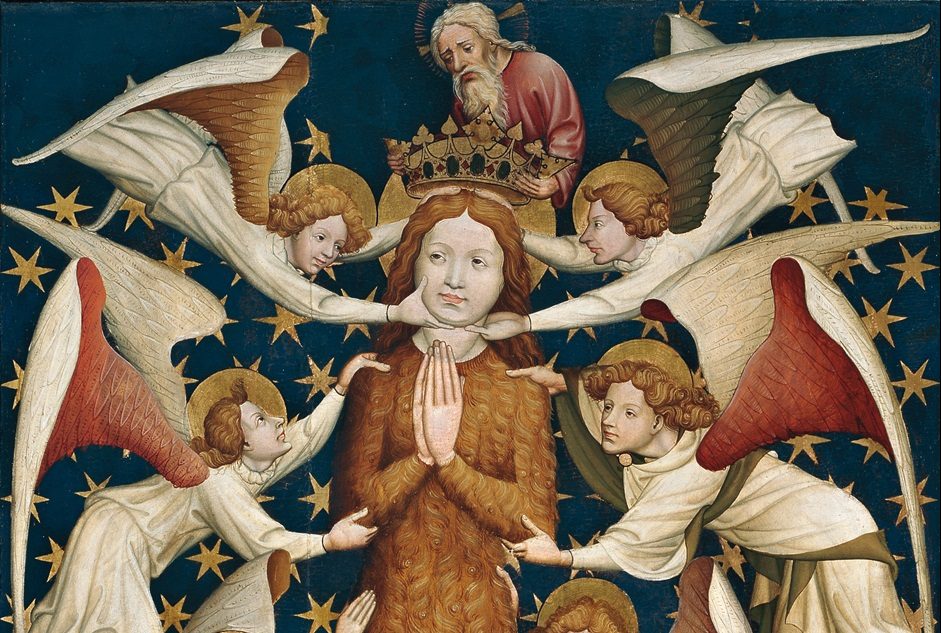Whenever I come across Gothic or early Renaissance representations of Mary Magdalene I always ask myself this question – why is she so hairy? Keep on reading to find out why artists depicted this saint with either very long hair or a hairy jumpsuit.
We should start this story from the beginning; Mary Magdalene is a figure from the Gospels who caused a headache for generations of popes. From the start she was associated with a nameless penitent woman who was previously a prostitute that converted and followed Christ. As the Gospel does not mention her name, she was a perfect character for preachers, an example of penitence, but also an explanation why women are not to be given full rights in the Church: because they are sinful (not mentioning Eve who brought the original sin on all of us).
Legend has it that having witnessed Jesus’ Crucifixion and his Resurrection, Mary Magdalene went on to live an ascetic solitary life in a desert, praying and fasting (let’s forget Dan Brown’s version for now). She did not care about any mundane objects, including her clothes, so she wore the same veils until they wore out and fell apart. To protect her modesty, her body hair miraculously grew in abundance. (However, in Riemenschneider’s work, her hair does not cover her breasts, I wonder why…).
In other representations such as this one, her hair simply grows so long that it covers her entire body. That’s a more credible representation, since there were no hairdressers in the desert, I imagine. The most interesting part of this story, however, is that AGAIN Mary Magdalene, poor girl, was confused with somebody else.
Her story as a hermit became conflated in the West with that of Saint Mary of Egypt, a 4th-century prostitute turned hermit. Since Mary Magdalene was definitely a more recognizable figure, an equivalent of a modern celebrity I dare say, she became the star of hairy iconography, leaving Saint Mary behind.

